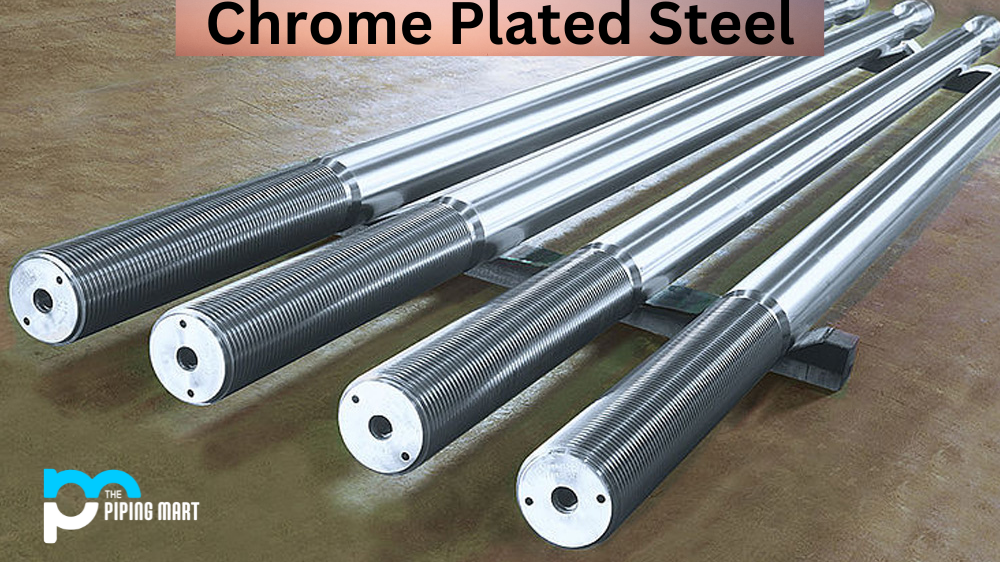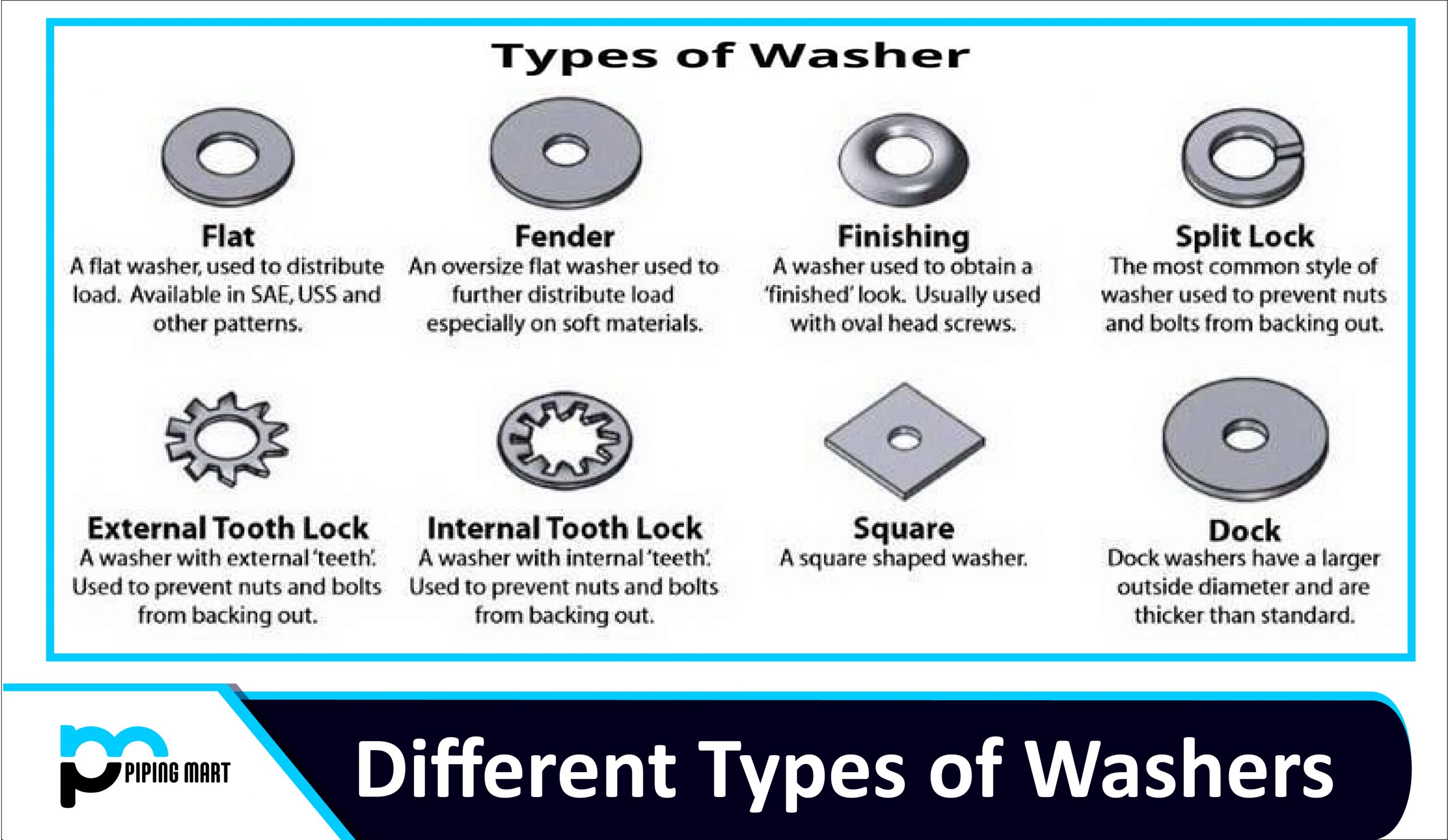Welding is the process of joining two metal pieces together by melting them at the point of interface. It is a crucial process in metal fabrication, construction, and manufacturing. However, not all welding techniques are suitable for all applications. Tack welding and arc welding are two standard techniques with advantages and drawbacks. This blog post explores the differences between tack and arc welding, their applications, and their limitations.
Tack Welding
Tack welding is a welding technique that involves making small welds to hold the metal parts in place before the final weld. It ensures precise alignment of the metal pieces so that the final weld does not warp or distort the structure. Tack welding is commonly used in sheet metal fabrication, auto bodywork, and construction to hold metal supports together. It is a fast and efficient way to combine metal parts without wasting too much time or resources.
Arc Welding
Arc welding is a welding technique that involves using an electric arc to heat and melt the metal pieces to be joined. The electric arc is created using a power supply and an electrode, which melts and fuses the metal parts. Arc welding is one of the most commonly used techniques because of its versatility and adaptability. It can be used on various metals, including steel, aluminium, and copper alloys.
Difference Between Tack Welding and Arc Welding
Advantages of Tack Welding
- Cost-effective – Tack welding uses less filler material and welding time than other techniques, making it a more cost-effective option.
- Precise alignment – Tack welding allows accurate alignment of metal parts before the final weld, resulting in a linear and stable structure.
- Fast and efficient – Tack welding is a quicker and more efficient option, making it ideal for large-scale projects.
- Reduced heat distortion – Tack welding uses lower heat input, reducing heat distortion and warping.
Advantages of Arc Welding
- Stronger Welds – Arc welding creates a stronger, more robust weld than tack welding, making it ideal for heavy-duty applications.
- Suitable for Thick Metal Pieces – Arc welding can be used on thick metal pieces that require a more substantial weld.
- Versatile – Arc welding can be used on various metals and thicknesses.
- Lower cost and more efficient than other welding techniques – Arc welding uses less filler material, less welding time, and less cleanup time than other welding techniques, making it a more cost-effective option.
Drawbacks of Tack Welding
- Limited load-bearing capacity – Tack welding creates only a tiny fusion area, limiting its load-bearing ability. It is not suitable for heavy-duty applications.
- Requires more cleanup – Tack welding creates more spatter and requires more cleanup than other welding techniques.
- Not suitable for thick metal pieces – Tack welding is not ideal for thick metal pieces that require a more robust weld.
Drawbacks of Arc Welding
- Requires more skill and experience – Arc welding requires high expertise to ensure the perfect weld.
- More heat input – Arc welding produces more heat input than tack welding, resulting in more heat distortion and warping of the metal parts.
- Safety hazards – Arc welding produces intense heat, bright light, and toxic fumes that require safety precautions to prevent accidents.
Other Differences
- Tack welding is a type of welding that is used to temporarily join two pieces of metal together.
- Arc welding is a type of welding that uses an electric arc to create heat, which melts the metal and allows it to be joined together.
- Tack welding is typically used to hold pieces of metal in place before they are arc welded together.
- Arc welding is more commonly used than tack welding because it produces a stronger weld.
- Tack welding is faster than arc welding, but it does not result in as strong of a weld.
- Arc welding can be done with or without filler material, while tack welding always uses filler material.
- Tack welding is typically done with a gas-metal arc welder (GMAW), while arc welding can be done with a GMAW or a flux-cored arc welder (FCAW).
- Tack welding produces less heat than arc welding, which makes it ideal for delicate projects or projects that require precision welds.
- Arc welding is more versatile than tack welding because it can be used in a broader range of materials.
- Tack welding is best suited for small projects or projects that do not require strong welds, while arc welding is better suited for larger projects or projects that require strong welds.
Conclusion
Tack welding and arc welding are essential techniques with unique advantages and disadvantages. Tack welding is a fast and efficient way to combine metal parts, making it ideal for sheet metal fabrication, auto bodywork, and construction. On the other hand, arc welding is suitable for heavy-duty applications because of its robust welds and versatility. Whichever technique is used, safety precautions should always be taken, and a qualified and experienced welder should carry out the welding process to ensure the perfect weld.

Meet Bhavesh, a seasoned blogger with a wealth of knowledge and experience. From metal products manufacturing to retail, Bhavesh has a diverse background in various industries and is dedicated to sharing his insights and expertise with readers.




